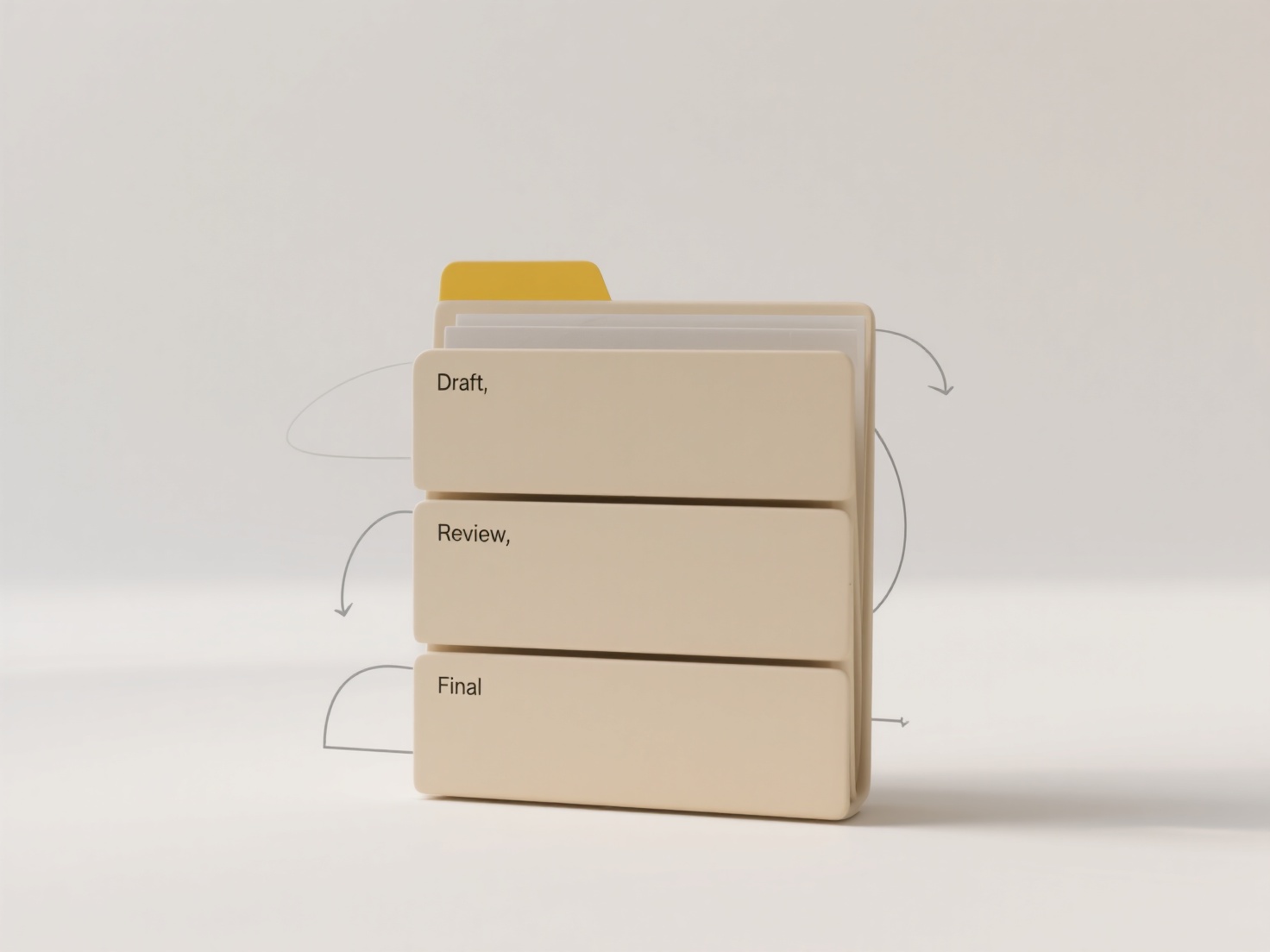
Inside zip archives, files are stored in compressed form alongside metadata like filenames. Renaming a file directly within the zip typically requires modifying this metadata without extracting and recompressing the data. Unlike working with regular files on your file system where renaming is instantaneous, common tools (like built-in Windows or macOS utilities) lack this specific function due to the compressed nature and structure of zip files.

Specialized archiving software can perform direct renaming. For instance, 7-Zip allows users to open the archive, select a file, choose the rename option, and save the archive with the updated filename. Developers might achieve this programmatically using libraries like Python's zipfile module to read the archive data, change filenames in the archive's central directory, and write the modified archive back.
The key advantage is convenience; it avoids extracting, renaming, and recompressing all files, saving time and disk space, especially for large archives. However, this capability isn't universally supported. Many basic tools require the extract-rename-rezip workflow. Third-party tools offering direct rename must handle the archive format correctly to avoid corruption. Future updates to operating system utilities might integrate this functionality more seamlessly.
Can I rename files inside a zip file without extracting?
Inside zip archives, files are stored in compressed form alongside metadata like filenames. Renaming a file directly within the zip typically requires modifying this metadata without extracting and recompressing the data. Unlike working with regular files on your file system where renaming is instantaneous, common tools (like built-in Windows or macOS utilities) lack this specific function due to the compressed nature and structure of zip files.

Specialized archiving software can perform direct renaming. For instance, 7-Zip allows users to open the archive, select a file, choose the rename option, and save the archive with the updated filename. Developers might achieve this programmatically using libraries like Python's zipfile module to read the archive data, change filenames in the archive's central directory, and write the modified archive back.
The key advantage is convenience; it avoids extracting, renaming, and recompressing all files, saving time and disk space, especially for large archives. However, this capability isn't universally supported. Many basic tools require the extract-rename-rezip workflow. Third-party tools offering direct rename must handle the archive format correctly to avoid corruption. Future updates to operating system utilities might integrate this functionality more seamlessly.
Quick Article Links
How do I recover a file with a missing or wrong extension?
A file extension is a suffix at the end of a filename (e.g., `.docx`, `.jpg`) that indicates the file's format and tells...
Why do duplicate music files appear in my library?
Duplicate music files appear when the same song is stored multiple times in your library. This commonly happens if you i...
Should I include client or customer names in file titles?
Including client names in file titles means directly using a customer's identifier as part of a document, image, or data...